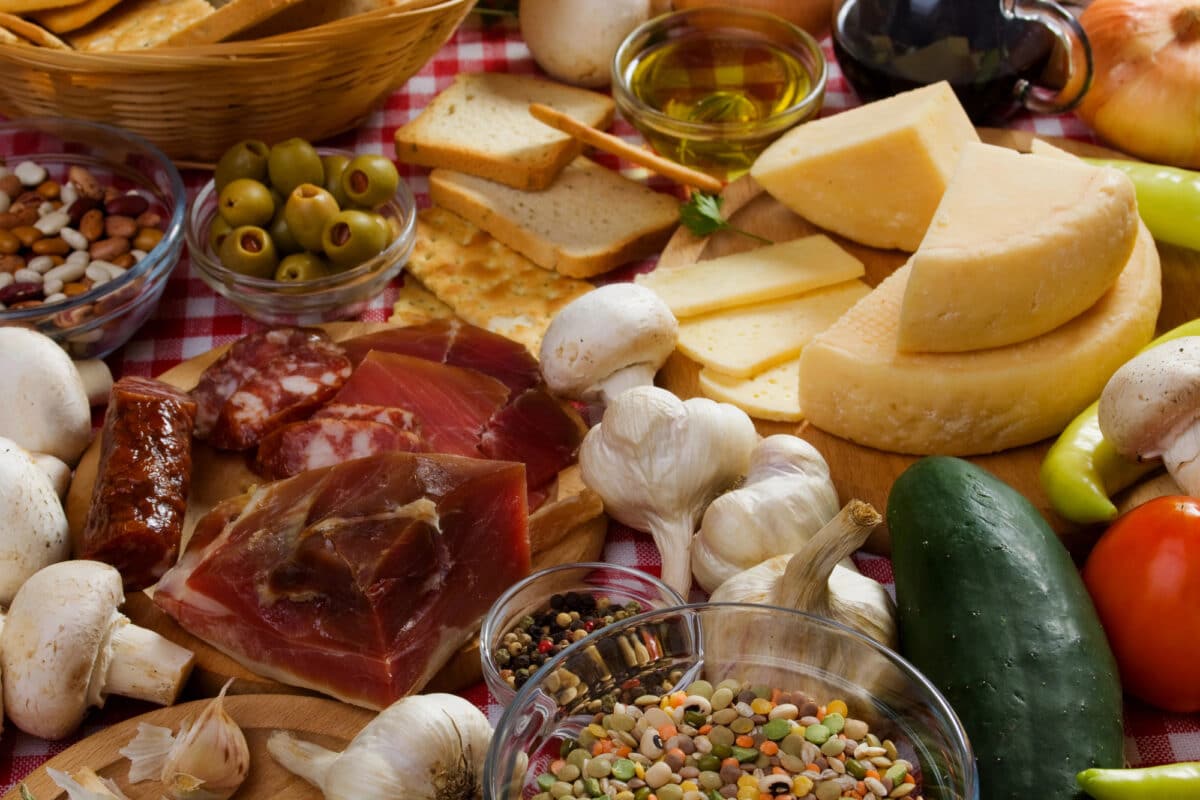What is meant by ‘curing’ food? An overview.
Curing is a method used in the culinary world to both preserve and modify the flavor and texture of food. It involves various techniques that can be applied to different types of food, from olives to meats and even fruits and vegetables.
Meats and fish are commonly cured, where salt, sometimes mixed with sugar, nitrates, and spices, is used to draw out moisture. This not only inhibits the growth of bacteria that cause spoilage but also adds distinct flavors to the products. For example, prosciutto and salami involve seasoning pork and letting it dry, while gravlax, a Nordic delicacy, is made by curing salmon with salt, sugar, and dill.
In the cheese-making process, curing is crucial. Salt is either rubbed onto the cheese surface or mixed into the curds, helping to reduce moisture, form a protective rind, and enhance flavor, all while controlling microbial growth. This technique is vital for cheeses like cheddar and gouda, ensuring their longevity and taste.
Vegetables also benefit from curing. Cucumbers an carrots, for example, are transformed into pickles through brining, while cabbage is salted to create sauerkraut. Both processes not only extend the shelf life of these vegetables but also enhance their flavors through beneficial fermentation.
Even fruits such as lemons undergo curing, often preserved with salt to produce preserved lemons used widely in North African and South Asian cuisines. This process not only softens the lemons’ rinds but also imparts a strong, distinctive flavor, making them an essential ingredient in many regional dishes.
Olives, known for their sharp bitterness when fresh due to oleuropein, must go through curing to become the savory treats enjoyed globally. There are several ways to cure olives, each influencing the final taste and texture differently. Brine curing lets olives soak in a saltwater solution, allowing natural fermentation to subtly develop their flavor into a savory profile. Water curing, by contrast, involves daily rinsing in fresh water, reducing bitterness and yielding a gentler taste. An example of water curing is the leaching of fresh acorns to remove the inedible and bitter tannins. Dry curing encases olives in salt, enhancing their flavor and texture, whereas lye curing uses a lye solution for rapid bitterness reduction, requiring careful handling and thorough rinsing afterwards.
After curing, olives are often seasoned with an array of spices and herbs and preserved in olive oil or vinegar, not only extending their shelf life but also enriching their flavor, readying them for everything from a simple snack to a key ingredient in complex dishes.

